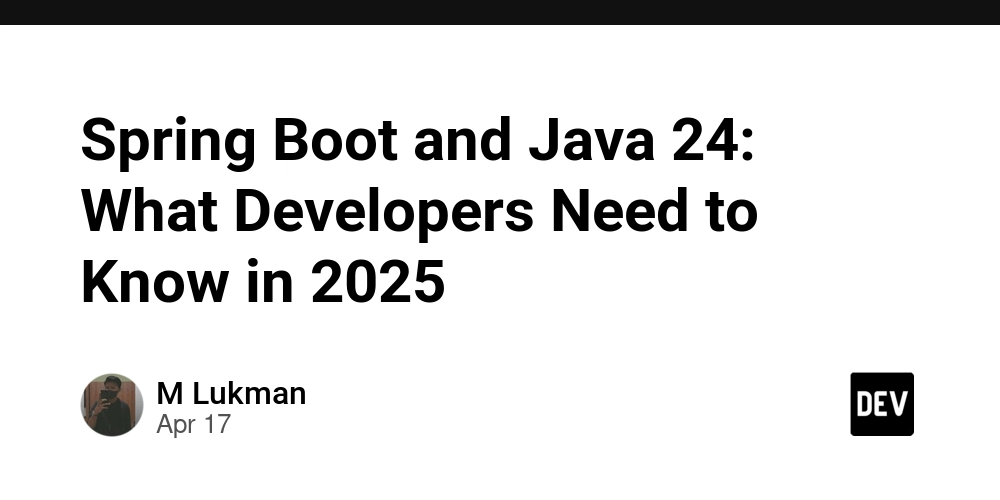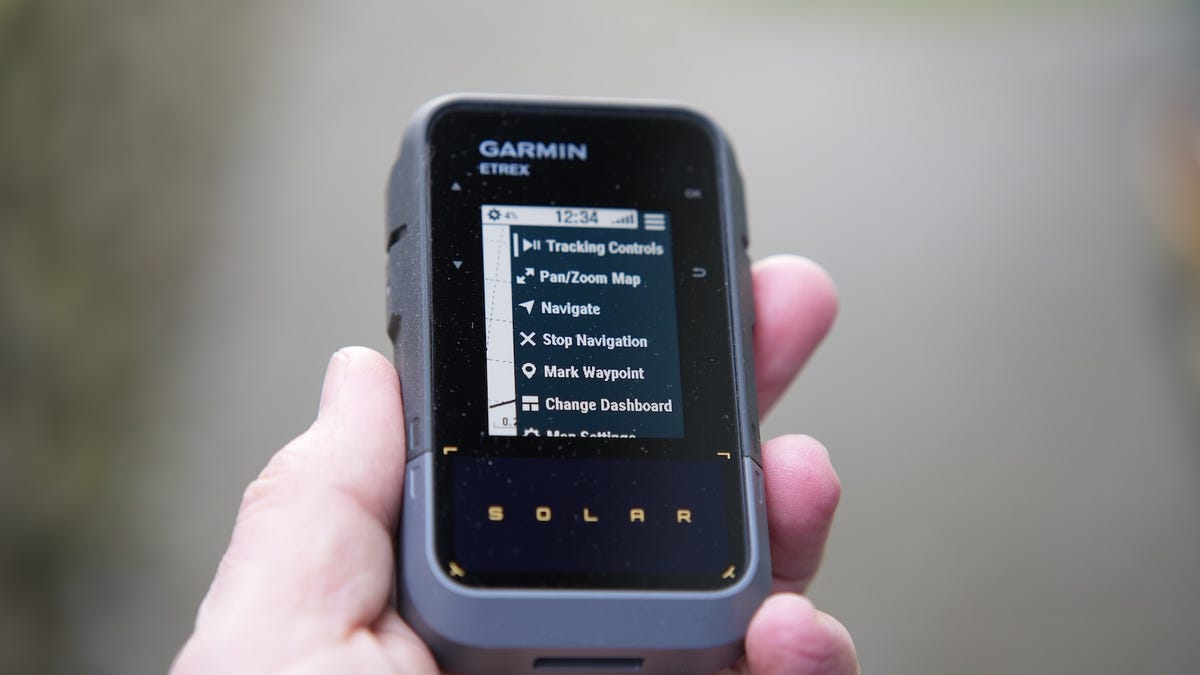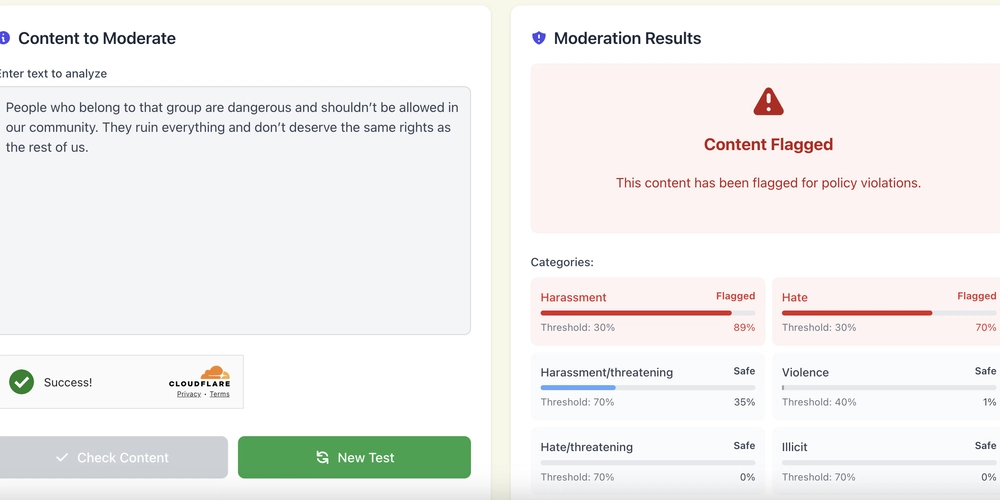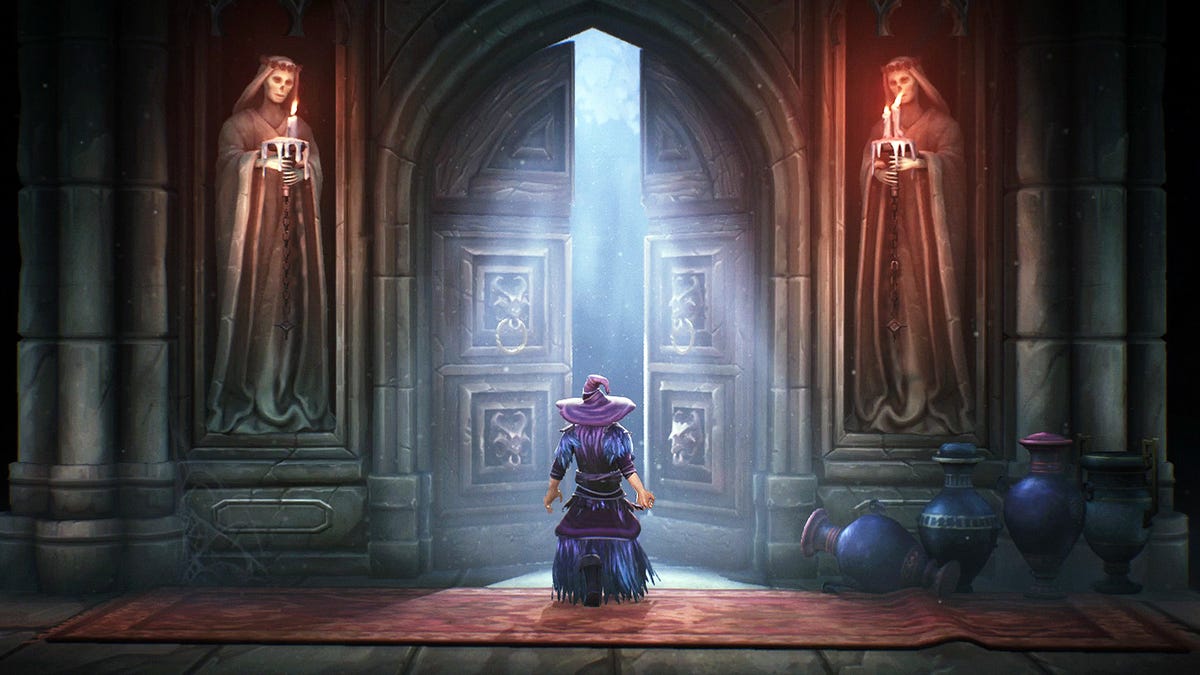Spring Boot and Java 24: What Developers Need to Know in 2025
Spring Boot's integration with Java 24 marks an exciting evolution for modern application development. With performance enhancements, new concurrency models, and improved system compatibility, Spring Boot developers have much to look forward to. In this blog, we dive deep into Spring Boot and Java 24, exploring system requirements, new features, build considerations, and actionable advice for a seamless transition. Spring Boot and Java 24 Compatibility Spring Boot 3.4.4 and 3.5.0-M3 offer full compatibility with Java 24, enabling developers to leverage the latest JDK innovations while maintaining application stability (Spring Boot System Requirements). Key points include: Minimum Java Version: Java 17, compatible up to Java 24. Embedded Servlet Containers: Supported versions include Tomcat 10.1, Jetty 12.0, and Undertow 2.3. APR Configuration for Tomcat: When using Tomcat APR, configure server.tomcat.use-apr=when-available or always (Spring Boot 3.4 Release Notes). Build Tools: Maven 3.6.3+ and Gradle 7.6.4+/8.4+. Spring Boot 3.5.0-M3 supports Java 24 experimentally but is not yet recommended for production (YouTube Tutorial). New Features Enhancing Spring Boot Development Virtual Threads and Improved Concurrency Spring Boot 3.4+ allows components like OtlpMeterRegistry and Undertow to utilize Java 24's virtual threads, massively boosting scalability and responsiveness (BellSoft). GraalVM Native Images Developers can compile native images with GraalVM 24 locally, although Paketo buildpacks do not yet fully support Java 24 (YouTube Tutorial). Supported configurations: GraalVM 22.3+ required. Native Build Tools 0.10.6+. Dependency Upgrades Spring Boot 3.4 includes major dependency updates, ensuring compatibility and improved performance: Spring Framework 6.2.5+ Hibernate 6.6 JUnit Jupiter 5.11 Jackson 2.18.0 Apache HttpClient 5.4 Elasticsearch 8.15 Kafka 3.8 (Spring Boot 3.4 Release Notes) Build and Deployment Best Practices Toolchain Management Use Gradle's toolchain feature to compile with JDK 24 while the build itself runs on JDK 21 (YouTube Tutorial). This ensures maximum compatibility and build stability. Deprecations Transition from @MockBean and @SpyBean to @MockitoBean and @MockitoSpyBean to align with Spring Boot 3.4+ deprecations. Native Image Fixes When building native images, especially with Netty, upgrade GraalVM reachability metadata manually to version 0.3.14 for full compatibility (Spring Boot 3.4 Release Notes). How Java 24 Features Boost Spring Boot Applications Compact Object Headers (JEP 450) Reduces memory footprint for objects, allowing Spring Boot applications to manage resources more efficiently (BellSoft). Improved Virtual Thread Synchronization (JEP 491) Virtual threads no longer pin carrier threads in synchronized blocks, leading to much better scalability in high-concurrency Spring Boot apps (JetBrains). Preview Features Flexible constructor bodies and enhanced module import declarations simplify code organization and modularity (JetBrains). Known Challenges and Limitations Kotlin Compatibility Kotlin 2.0.20 has not achieved full compatibility with Java 24 yet. Developers working with Kotlin and Spring Boot should proceed cautiously and monitor upcoming releases (Kotlin Discussion). Native Image Deployment Paketo buildpacks have not yet officially supported Java 24 for native images. Manual setups or local GraalVM compilations are necessary for now (YouTube Tutorial). Practical Takeaways for Developers Upgrade Toolchains: Set up Gradle or Maven to work with Java 24, ensuring backward compatibility. Review Annotations: Update deprecated test annotations for seamless testing practices. Adopt Virtual Threads: Leverage new concurrency models for better scalability. Optimize Native Builds: Explore GraalVM native images for faster startup and lower memory consumption. Monitor Ecosystem Updates: Stay informed about Kotlin updates and buildpack enhancements. How We Can Support Your Journey Our expert team specializes in helping organizations upgrade their technology stacks seamlessly. We offer: Java 24 and Spring Boot migration audits. Custom toolchain and build optimization setups. Native image development and deployment consulting. Developer training sessions on Java 24 features. Leverage our expertise to maximize performance and future-proof your applications. Conclusion Spring Boot and Java 24 together signal a massive leap forward for modern application development. By understanding compatibility nuances, adopting new features, and overcoming current limitations, developers can unlock new levels of scalability, performance, and developer productivity. Ready to upgrade your projects with Spring Boot and Java 24? Contact our team today to ac

Spring Boot's integration with Java 24 marks an exciting evolution for modern application development. With performance enhancements, new concurrency models, and improved system compatibility, Spring Boot developers have much to look forward to. In this blog, we dive deep into Spring Boot and Java 24, exploring system requirements, new features, build considerations, and actionable advice for a seamless transition.
Spring Boot and Java 24 Compatibility
Spring Boot 3.4.4 and 3.5.0-M3 offer full compatibility with Java 24, enabling developers to leverage the latest JDK innovations while maintaining application stability (Spring Boot System Requirements). Key points include:
- Minimum Java Version: Java 17, compatible up to Java 24.
- Embedded Servlet Containers: Supported versions include Tomcat 10.1, Jetty 12.0, and Undertow 2.3.
-
APR Configuration for Tomcat: When using Tomcat APR, configure
server.tomcat.use-apr=when-availableoralways(Spring Boot 3.4 Release Notes). - Build Tools: Maven 3.6.3+ and Gradle 7.6.4+/8.4+.
Spring Boot 3.5.0-M3 supports Java 24 experimentally but is not yet recommended for production (YouTube Tutorial).
New Features Enhancing Spring Boot Development
Virtual Threads and Improved Concurrency
Spring Boot 3.4+ allows components like OtlpMeterRegistry and Undertow to utilize Java 24's virtual threads, massively boosting scalability and responsiveness (BellSoft).
GraalVM Native Images
Developers can compile native images with GraalVM 24 locally, although Paketo buildpacks do not yet fully support Java 24 (YouTube Tutorial). Supported configurations:
- GraalVM 22.3+ required.
- Native Build Tools 0.10.6+.
Dependency Upgrades
Spring Boot 3.4 includes major dependency updates, ensuring compatibility and improved performance:
- Spring Framework 6.2.5+
- Hibernate 6.6
- JUnit Jupiter 5.11
- Jackson 2.18.0
- Apache HttpClient 5.4
- Elasticsearch 8.15
- Kafka 3.8 (Spring Boot 3.4 Release Notes)
Build and Deployment Best Practices
Toolchain Management
Use Gradle's toolchain feature to compile with JDK 24 while the build itself runs on JDK 21 (YouTube Tutorial). This ensures maximum compatibility and build stability.
Deprecations
Transition from @MockBean and @SpyBean to @MockitoBean and @MockitoSpyBean to align with Spring Boot 3.4+ deprecations.
Native Image Fixes
When building native images, especially with Netty, upgrade GraalVM reachability metadata manually to version 0.3.14 for full compatibility (Spring Boot 3.4 Release Notes).
How Java 24 Features Boost Spring Boot Applications
Compact Object Headers (JEP 450)
Reduces memory footprint for objects, allowing Spring Boot applications to manage resources more efficiently (BellSoft).
Improved Virtual Thread Synchronization (JEP 491)
Virtual threads no longer pin carrier threads in synchronized blocks, leading to much better scalability in high-concurrency Spring Boot apps (JetBrains).
Preview Features
Flexible constructor bodies and enhanced module import declarations simplify code organization and modularity (JetBrains).
Known Challenges and Limitations
Kotlin Compatibility
Kotlin 2.0.20 has not achieved full compatibility with Java 24 yet. Developers working with Kotlin and Spring Boot should proceed cautiously and monitor upcoming releases (Kotlin Discussion).
Native Image Deployment
Paketo buildpacks have not yet officially supported Java 24 for native images. Manual setups or local GraalVM compilations are necessary for now (YouTube Tutorial).
Practical Takeaways for Developers
- Upgrade Toolchains: Set up Gradle or Maven to work with Java 24, ensuring backward compatibility.
- Review Annotations: Update deprecated test annotations for seamless testing practices.
- Adopt Virtual Threads: Leverage new concurrency models for better scalability.
- Optimize Native Builds: Explore GraalVM native images for faster startup and lower memory consumption.
- Monitor Ecosystem Updates: Stay informed about Kotlin updates and buildpack enhancements.
How We Can Support Your Journey
Our expert team specializes in helping organizations upgrade their technology stacks seamlessly. We offer:
- Java 24 and Spring Boot migration audits.
- Custom toolchain and build optimization setups.
- Native image development and deployment consulting.
- Developer training sessions on Java 24 features.
Leverage our expertise to maximize performance and future-proof your applications.
Conclusion
Spring Boot and Java 24 together signal a massive leap forward for modern application development. By understanding compatibility nuances, adopting new features, and overcoming current limitations, developers can unlock new levels of scalability, performance, and developer productivity.
Ready to upgrade your projects with Spring Boot and Java 24? Contact our team today to accelerate your innovation journey!


































































![Apple Watch Series 10 Back On Sale for $299! [Lowest Price Ever]](https://www.iclarified.com/images/news/96657/96657/96657-640.jpg)
![Apple Slips to Fifth in China's Smartphone Market with 9% Decline [Report]](https://www.iclarified.com/images/news/97065/97065/97065-640.jpg)
![EU Postpones Apple App Store Fines Amid Tariff Negotiations [Report]](https://www.iclarified.com/images/news/97068/97068/97068-640.jpg)












![What’s new in Android’s April 2025 Google System Updates [U: 4/18]](https://i0.wp.com/9to5google.com/wp-content/uploads/sites/4/2025/01/google-play-services-3.jpg?resize=1200%2C628&quality=82&strip=all&ssl=1)





























































































_Andreas_Prott_Alamy.jpg?width=1280&auto=webp&quality=80&disable=upscale#)






















































































![[The AI Show Episode 144]: ChatGPT’s New Memory, Shopify CEO’s Leaked “AI First” Memo, Google Cloud Next Releases, o3 and o4-mini Coming Soon & Llama 4’s Rocky Launch](https://www.marketingaiinstitute.com/hubfs/ep%20144%20cover.png)









































































































































































































































